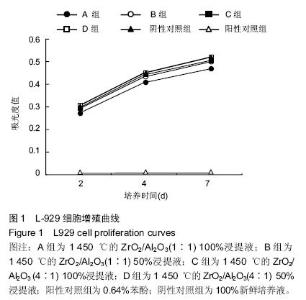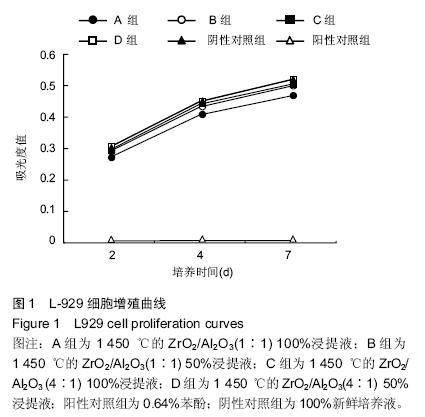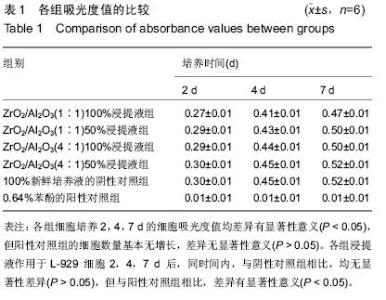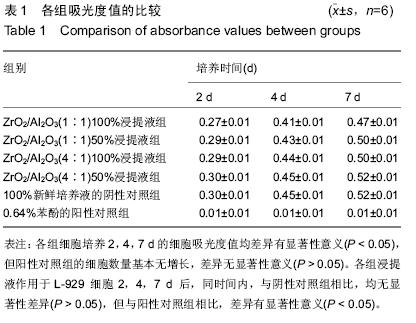Chinese Journal of Tissue Engineering Research ›› 2016, Vol. 20 ›› Issue (3): 370-376.doi: 10.3969/j.issn.2095-4344.2016.03.012
Previous Articles Next Articles
Biocompatibility of ZrO2 and Al2O3 ceramic composites in dentistry
Deng Shu-nan1, Huang Hong-yan1, Zhan De-song2, Liang Zai-fu3
- 1Stomatology Hospital of Shenyang, Shenyang 110002, Liaoning Province, China; 2School of Stomatology, China Medical University, Shenyang 110002, Liaoning Province, China; 3Experimental Technology Center, China Medical University, Shenyang 110001, Liaoning Province, China









